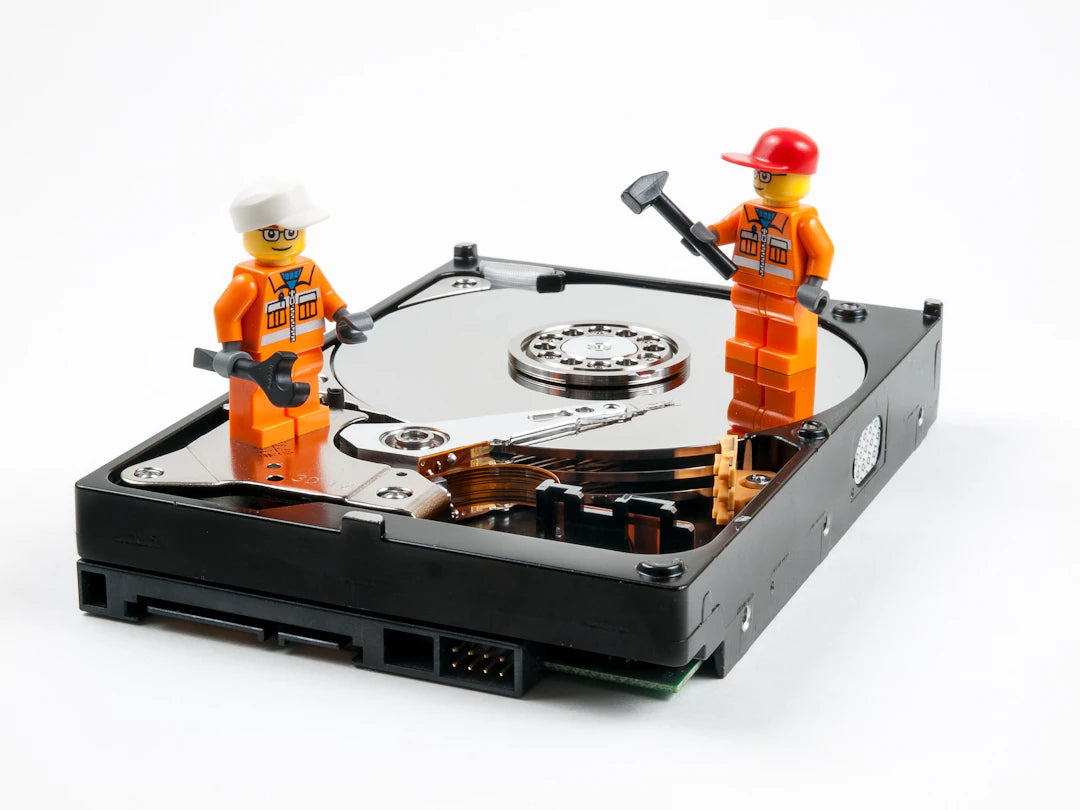(Válido por una vez)

Tech in Educative Toys: Balancing Fun and Learning
Frequently Asked Questions
1. What are the benefits of integrating technology into educative toys?
2. What are the drawbacks of using technology in educative toys?
3. How can parents strike a balance between technology and traditional play?
4. Why is personalised learning important in educative toys?
5. How can technology in educative toys benefit a child’s future?
The evolution of play has taken an exhilarating turn with the integration of technology into educative toys. As parents, educators, and manufacturers explore the ways technology can enhance learning experiences, it’s essential to weigh both the benefits and drawbacks. For those venturing into this fascinating world, here’s a comprehensive look at the pros and cons of technology in educative toys.
The Rise of Technologically Enhanced Educative Toys
In recent years, the educational toy market has expanded dramatically. With advancements in technology, toys designed for learning are now equipped with cutting-edge features that provide interactive experiences. From smart devices to augmented reality, the options are endless. However, with these innovations come crucial considerations that every parent and educator should assess.
Pros of Integrating Technology in Educative Toys
Enhanced Engagement
One of the most significant advantages of technology in educative toys is increased engagement. Children are naturally drawn to gadgets and interactive experiences. By incorporating technology, educative toys can capture a child's attention far more effectively than traditional toys can. Bright lights, sounds, and stimulating content help in maintaining interest, allowing children to learn while having fun.
Personalised Learning Experiences
Children learn at varied paces and in different ways. Smart educative toys often come with adaptive learning methodologies that tailor content according to individual learning speeds. This personalisation can help children grasp concepts more efficiently, promoting a love for learning and fostering better educational outcomes.
Instant Feedback and Progress Tracking
Many tech-integrated educative toys offer instant feedback, which can be beneficial in a child's learning journey. When children interact with these toys, they receive immediate responses, reinforcing correct answers and addressing mistakes in real-time. Furthermore, parents can often track their child’s progress through accompanying apps, providing insights into their development.
Encouragement of Collaborative Play
Technology can promote collaboration among children. Many innovative educative toys come designed for group play, enabling children to work together to solve problems. This not only teaches them essential social skills but also encourages group learning, which can be more effective than solitary study.
Preparation for the Future
Integrating technology into playtime might prepare children for a tech-driven society. As technology continues to evolve, familiarising children with digital tools from a young age can help them navigate future academic and professional environments more confidently.
Cons of Integrating Technology in Educative Toys
Overstimulation and Shortened Attention Spans
While tech-savvy toys can engage children, they can also lead to overstimulation. The bright colours, sounds, and fast-paced interactions may overwhelm some children, causing them to lose focus on deeper learning. The constant barrage of stimuli can lead to shortened attention spans, making it difficult for children to concentrate on tasks that require sustained effort.
Dependency on Technology
As beneficial as it is to incorporate technology into play, there is a risk of children becoming overly reliant on it. When playtime becomes synonymous with screens and devices, children may struggle to engage with non-digital forms of learning and play. This dependency on technology can hinder their ability to think critically and creatively in less structured environments.
Potential for Reduced Physical Activity
Another significant concern is the reduction of physical activity levels among children. Traditional toys often promote active play, while many tech-enhanced educative toys encourage sedentary behaviour. As children become accustomed to sitting and playing with screens, this can contribute to a decline in physical health and overall well-being.
Screen Time Regulations
With recommendations from health professionals suggesting that limited screen time is vital for children's development, integrating technology into educative toys raises questions about moderation. Parents must navigate the balance between providing educational opportunities and maintaining healthy screen time limits.
Cost Considerations
Tech-integrated educative toys can be significantly more expensive than their traditional counterparts. Parents and educators should consider whether these costs align with their values and budgets. There’s also the question of whether young children need high-tech toys at all, as sometimes simpler, non-digital toys can encourage creativity and learning just as effectively.
Striking the Right Balance
When it comes to integrating technology into educative toys, finding a harmonious balance is key. Consider the following strategies:
- Limit Screen Time: Establish a clear guideline for how much time children can spend with technology-integrated toys. Encourage breaks and incorporate physical activities.
- Mix Traditional and Digital: Combine tech-based educative toys with classics like building blocks, puzzles, and arts and crafts to promote a well-rounded play experience.
- Prioritise Quality: Seek out educative toys that offer genuine learning experiences rather than simply serving as distractions. Look for those that promote development in various skill areas.
- Encourage Social Interactions: Opt for toys that promote collaboration and group play to nurture social skills alongside individual learning.
- Stay Involved: Join your child during playtime to guide their experiences, discuss learning outcomes, and maintain engagement with their activities.
A Bright Future for Educative Play
As we continue to embrace the incorporation of technology in educative toys, we are opening doors to innovative learning methods that can greatly benefit children. The key to harnessing the potential of these toys lies in assessing the unique needs of each child, maintaining a healthy balance between screen time and play, and ensuring that technology supports rather than detracts from holistic development.
By understanding both the perks and pitfalls of tech-enhanced educative toys, parents and educators can create engaging and effective learning environments that inspire and equip the next generation to thrive. With a thoughtful approach, technology can play an enriching role in the journey of learning through play.

Deja un comentario